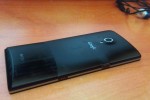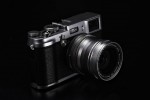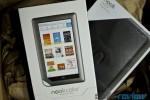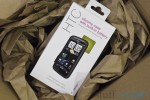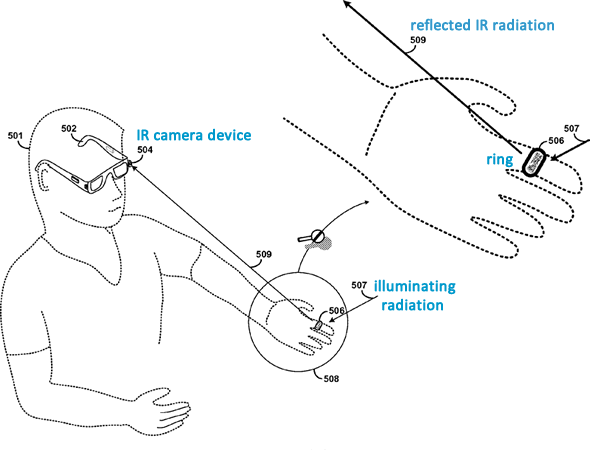
Google is in full-speed research and development mode with its Project Glass augmented reality eyewear project. When Project Glass was first announced we heralded it as the first step to popularizing wearable computing and Google is hard at work devising ways to make them even more interesting.
A Google patent that has just been published details how a wearable marker, like a ring, a bracelet or even a decal attached to a fingernail may be used to control a head-mounted display (HMD), i.e. Project Glass. The HMD includes an infrared (IR) camera that detects IR radiation reflected from the wearable marker. The wearer can perform different hand gestures, which will then be tracked by the camera and translated to actions. Pretty nifty huh?
Here’s the full abstract from patent 8,179,604:
In accordance with example embodiments, a wearable marker may be used for passive interaction with a wearable computing device. A wearable marker may take the form of a ring, a bracelet, an artificial fingernail configured to be affixed to a fingernail, a decal configured to be affixed to a fingernail, or a glove, among other possible wearable items. A wearable marker may further include an infrared (IR) reflective surface in the form of a surface pattern that is substantially optically invisible. A wearable computing device may include a head-mounted display (HMD) equipped with an IR camera device capable of detecting IR radiation reflected from the surface pattern on a wearable marker. The HMD and the IR camera device can function together to track position and motion of the wearable marker via reflection, and by doing so can recognize known patterns of motion that correspond to known hand gestures.
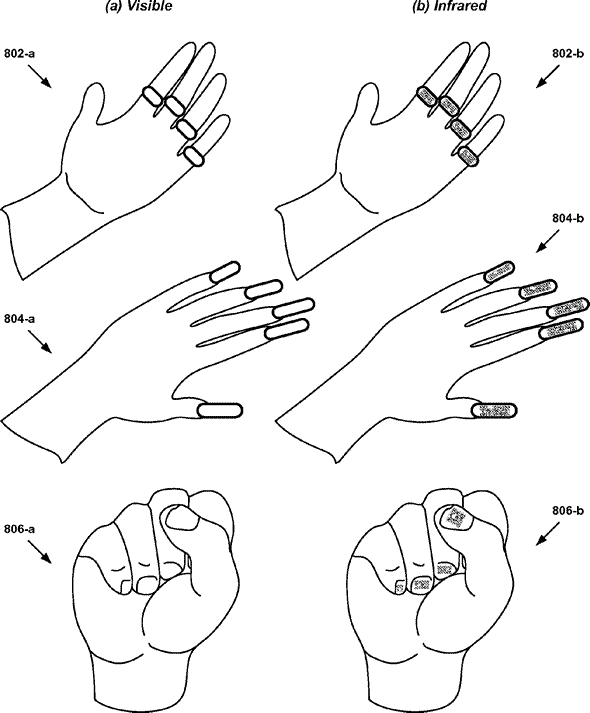
This isn’t the first time a wearable marker is used for computer interaction, after all that’s how the PlayStation Move works, but Google’s implementation is certainly creative. The patent also talks about adorning multiple markers, see above, which would work together for different gestures, i.e. wearing a different decal on each fingernail. The markers could be invisible to the human eye, only reflecting infrared light.
![]()
Finally dual IR cameras on the glasses would allow for better 3D tracking of the markers.

